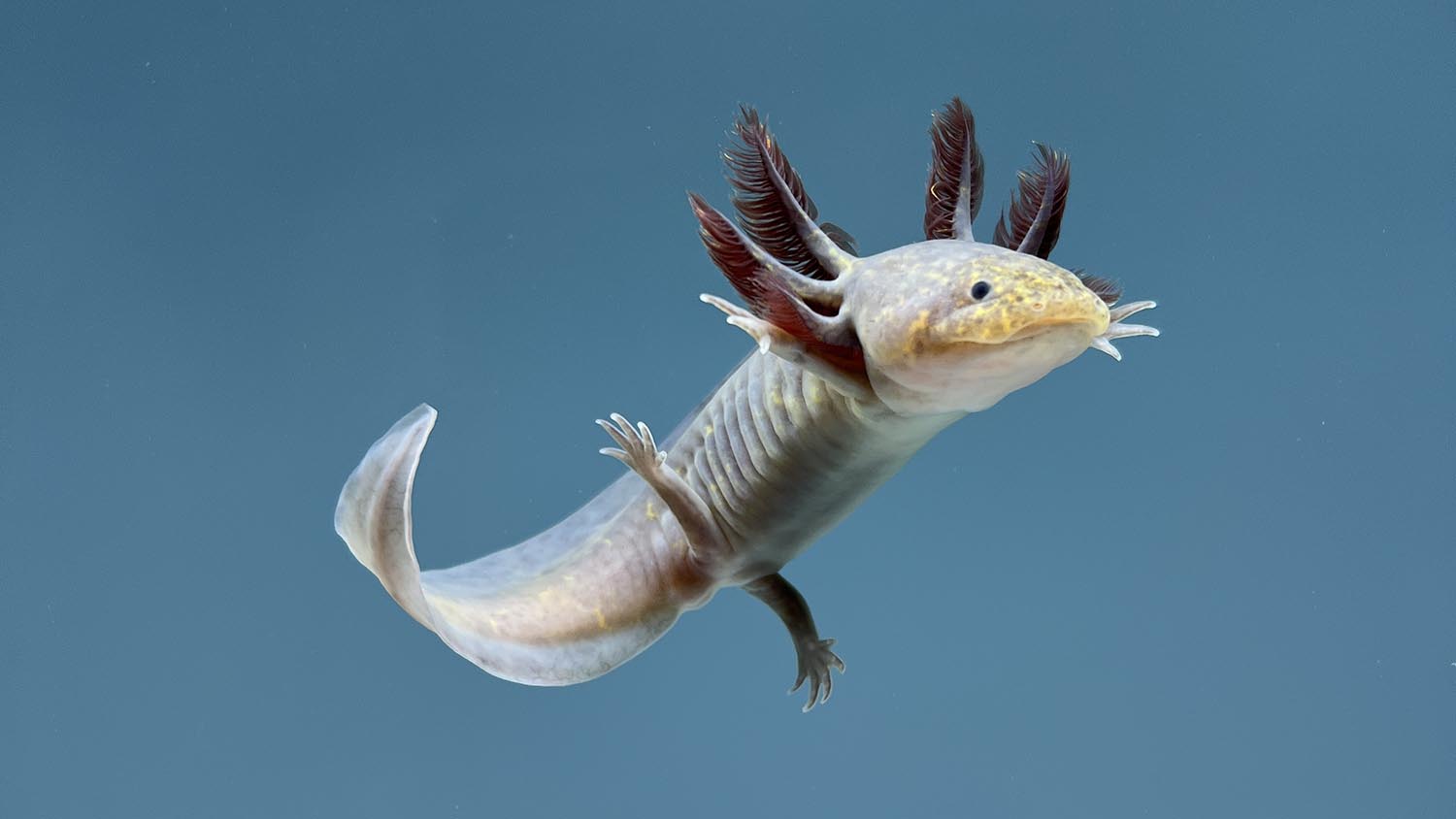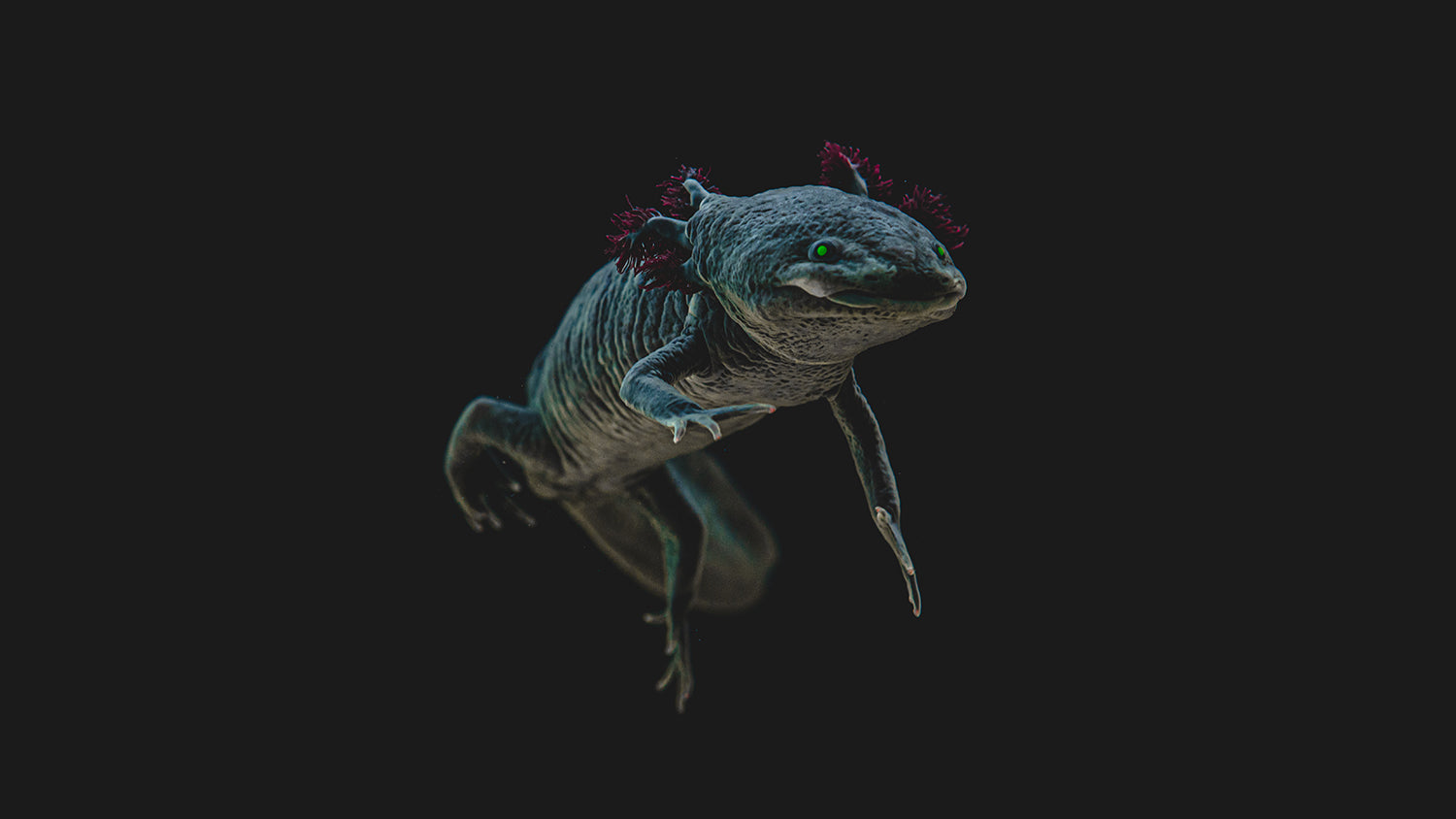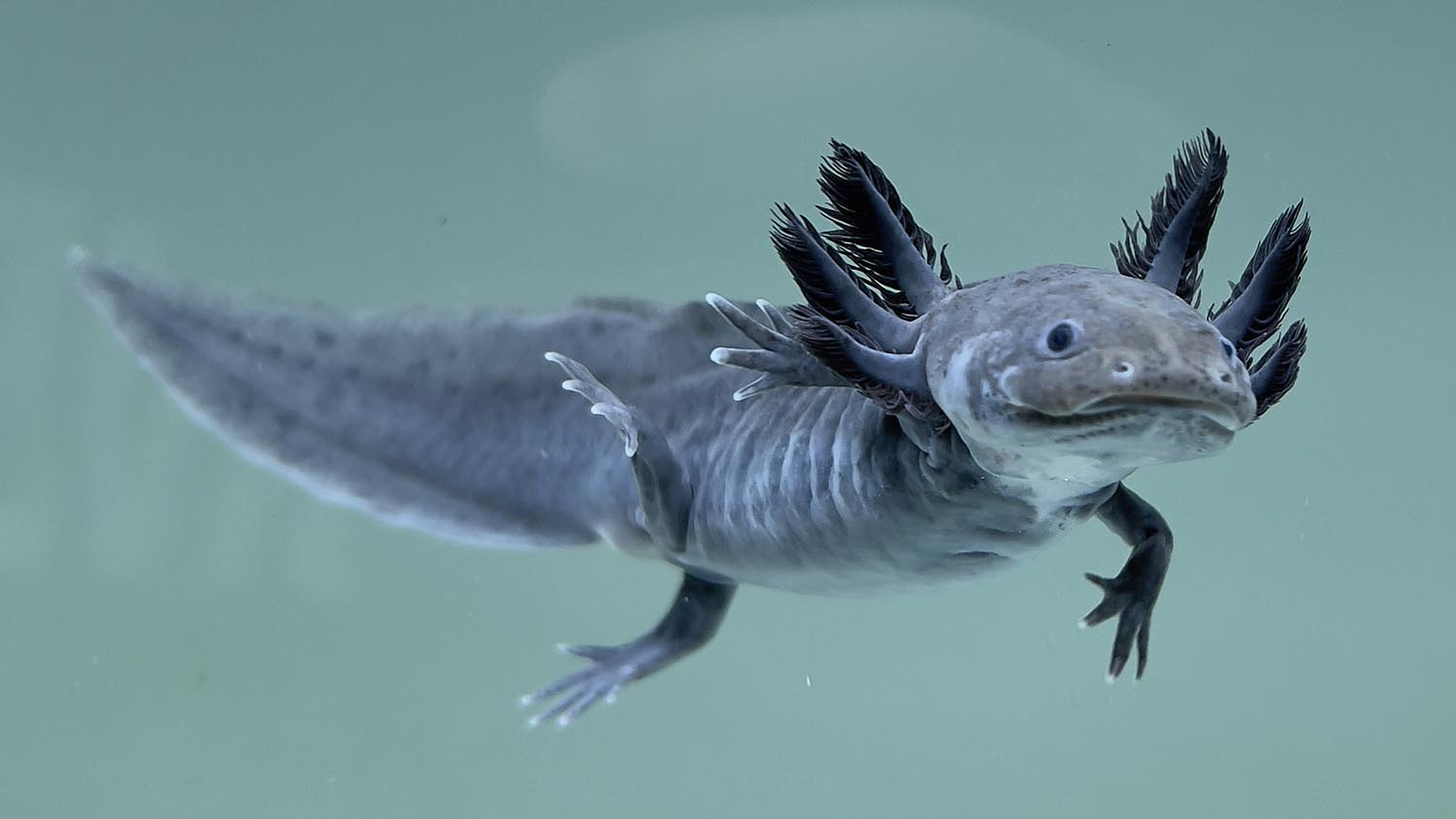Axolotls, also known as the "Mexican walking fish," are unique and fascinating creatures that have captured the attention of people all over the world. These salamanders have a fascinating biology, anatomy, and behavior that make them stand out from other species. In this article, we will explore 15 unique facts about axolotls that will leave you amazed and intrigued.
1. Axolotls are a type of salamander
Axolotls belong to the family of salamanders known as Ambystomatidae. They are a species of neotenic salamanders, meaning that they retain their larval features into adulthood. Unlike other salamanders, axolotls do not undergo metamorphosis, and as a result, they retain their gills and fins throughout their entire lives.
2. Axolotls are native to Mexico
Axolotls are native to Mexico and can be found in the Xochimilco canals and Lake Xochimilco in the Valley of Mexico. These canals were once part of the ancient Aztec city of Tenochtitlan, and the axolotls were considered sacred by the Aztecs, who believed that the creatures had healing properties. To read more about where axolotls are from, click here: https://axolotlplanet.com/blogs/all-about-axolotls/where-do-axolotls-live-and-why-are-they-endangered
3. Axolotls have unique regenerative abilities
One of the most fascinating aspects of axolotls is their ability to regenerate lost limbs. They can regenerate their limbs, spinal cord, heart, and other organs, making them one of the most studied species in regenerative medicine. Scientists are still trying to understand the mechanisms behind their regenerative abilities, but it is thought to be related to their neoteny and the presence of stem cells in their bodies.
4. Axolotls can be dozens of different colors
Axolotls have amazing diversity with their colors and appearances. They have incredible skin-coloring cells known as chromatophores that produce dozens upon dozens of different colors! From white, to yellow, to green, and black Axolotls can come in all different shades! To learn more about how many axolotl colors exist, click here: https://axolotlplanet.com/blogs/all-about-axolotls/how-many-axolotl-colors-are-there
5. Axolotls have gills and lungs
Axolotls have both gills and lungs, giving them the ability to breathe both underwater and directly from the air. This breathing system allows them to survive even in water with little oxygen. When the water is oxygen-rich, axolotls will “fan” their gills to collect oxygen from the water. The more oxygen in the water leads to more reliance on their gills! Big, fluffy gill axolotls live in oxygen-rich environments. When oxygen is not very present in water conditions, axolotls gills will shrink and they will rely more on “gulping” air.
6. Axolotls have a long lifespan
Axolotls have a relatively long lifespan for a salamander, living up to 15 years in captivity. In the wild, their lifespan is much shorter, typically only a few years, due to predation and other environmental factors. To learn more about the axolotl’s natural environment, click here: https://axolotlplanet.com/blogs/all-about-axolotls/where-do-axolotls-live-and-why-are-they-endangered
7. Axolotls are cannibalistic
Axolotls are known to be cannibalistic, even in captive environments, but this is primarily in their juvenile and larval stages. Axolotls can commonly be “bitey” or “nippy” when they are in their larval or juvenile stages. When axolotls lay eggs, they lay in abundance (similar to most amphibians). When these eggs hatch, the fight for food is a competition. It is a survival instinct to be an aggressive eater as a young axolotl. Because of axolotls poor eyesight and reliance on their sensory lateral organs to detect movement in the water, axolotl larvae and juveniles commonly nip or even devour other smaller and weaker axolotls. Axolotls do not consider other axolotls prey per se, but it does happen. That is why it is a must that if you keep axolotls as a pet you avoid having big size differences, or else injury and cannibalism can occur!
8. Axolotls are nocturnal
Axolotls are nocturnal creatures, and they are most active at night. During the day, they tend to hide in the mud or rocks to avoid predators. Axolotls are also crepuscular, meaning that they are very active at dawn and dusk (twilight hours) which is a great time to feed your axolotl.
9. Axolotls have a voracious appetite
Axolotls have a voracious appetite and will eat almost anything they can fit in their mouths, including worms, insects, small fish, and even other axolotls. In captive environments, they can be fed a diet of live or frozen food, such as worms and brine shrimp. The “Axolotl Feeding” section of this article: https://axolotlplanet.com/blogs/all-about-axolotls/the-best-axolotl-care-guide-in-the-world explains the following:
Food options include, but are not limited to, earthworms, black worms, insects, and small, freshwater feeder fish (Silversides). Note: Feeder fish must be quarantined for minimum two weeks and given broad spectrum treatments for parasitic, fungal, and bacterial infections. Feeding live fish will always come with the risk of your axolotl contracting an illness so we strongly recommend worms or non-live food options to avoid such risks.
10. Axolotls are sexually mature at a young age
Axolotls reach sexual maturity at a relatively young age, often between 12 and 24 months old. In the wild, they breed in the spring and summer, laying eggs in underwater vegetation. In captivity, they can be bred year-round with the proper conditions and nutrition. To learn if your axolotl is a boy or a girl, read this article: https://axolotlplanet.com/blogs/all-about-axolotls/how-can-i-tell-if-my-axolotl-is-a-boy-or-a-girl
11. Axolotls have a unique mating process
The mating process of axolotls is quite unique and involves a courtship dance, where the male will wrap his tail around the female and they will spin in circles together. The female will then lay her eggs, which the male will fertilize with sperm cones. If you have accidentally bred your axolotl, it is best that you read this guide on what to do next:
https://axolotlplanet.com/blogs/all-about-axolotls/what-to-do-if-your-axolotls-accidentally-breed
12. Axolotls are commonly kept as pets
Despite their unique appearance and fascinating biology, axolotls are commonly kept as pets. They require a specialized tank setup and diet, so making sure you are educated and ready to care for an axolotl prior to getting one is key to success. We have helped thousands of families care for their axolotls. Our guide is the best axolotl care guide in the world:
https://axolotlplanet.com/blogs/all-about-axolotls/the-best-axolotl-care-guide-in-the-world
13. Axolotls are endangered in the wild
Axolotls are considered endangered in the wild, with their populations declining due to habitat loss and the introduction of non-native species into their environment. In addition, the introduction of carp into the Xochimilco canals has also had a negative impact on their populations.
You can read more about the decline of the axolotl population in this article:
https://axolotlplanet.com/blogs/all-about-axolotls/where-do-axolotls-live-and-why-are-they-endangered
14. Axolotls are important in scientific research
Due to their unique regenerative abilities, axolotls have been the subject of extensive scientific research. They have been used in studies on regenerative medicine, genetics, and developmental biology, and they have the potential to provide important insights into the human body's ability to heal and regenerate. They are also 1000x more resistant to cancers than mammals. Because of this, scientists lab-modified certain axolotls to have a gene that produces the Green Fluorescent Protein (GFP) in order to analyze their internal organs easier.
15. Axolotls have a rich cultural history
Axolotls have a rich cultural history, dating back to the Aztecs, who considered them sacred. Today, they are an important symbol in Mexican culture, and they have been featured in art, literature, and popular culture around the world.
In conclusion, axolotls are truly unique and fascinating creatures, with a biology and behavior that sets them apart from other species. From their ability to regenerate lost limbs to their rich cultural history, there is much to learn and admire about these amazing creatures.





Leave a comment
This site is protected by hCaptcha and the hCaptcha Privacy Policy and Terms of Service apply.